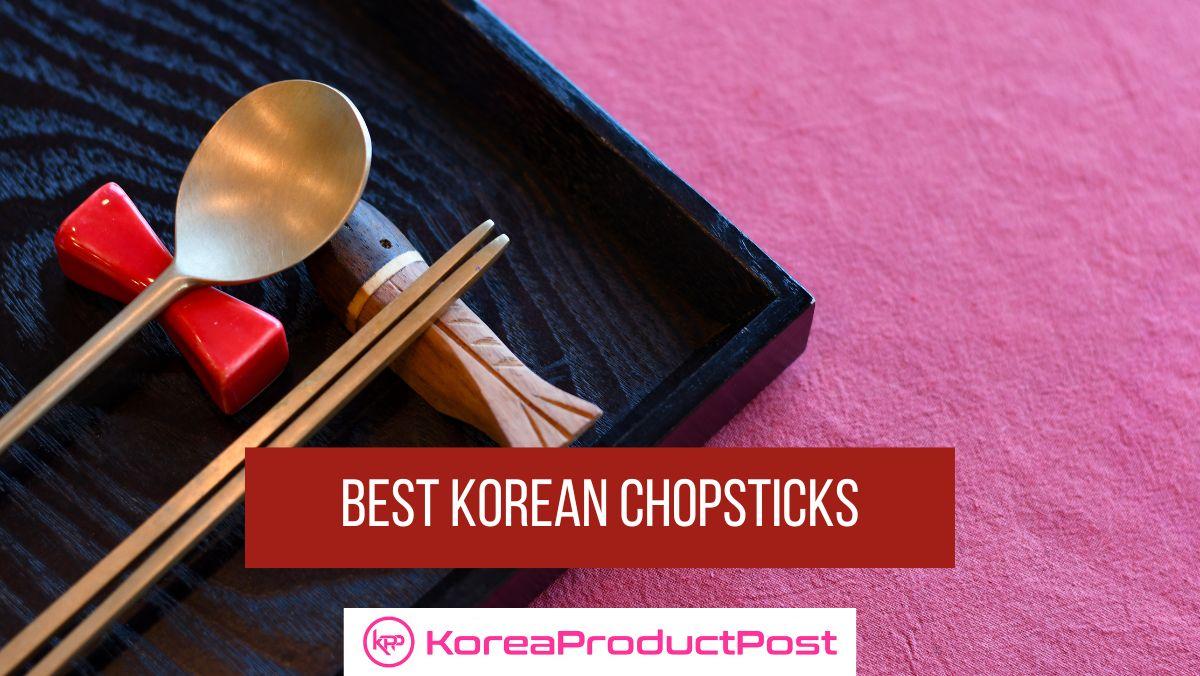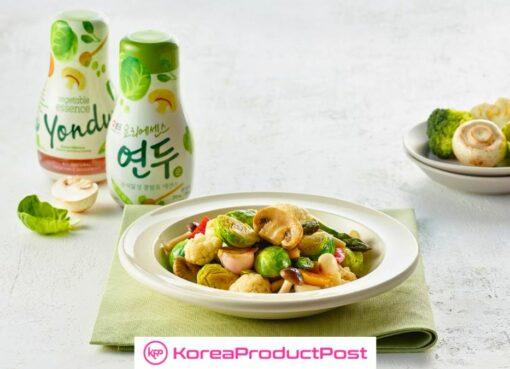Unlock the art of dining with the best Korean chopsticks – learn the benefits, and how-tos in this comprehensive guide.
Ever wondered how Korean chopsticks stand out from their Chinese and Japanese counterparts? Each has its own characteristics and uses, making them fascinatingly distinct. Dive into our discussion to discover its unique aspects!
Mastering chopsticks requires patience and practice, but once mastered, it transforms your dining experience! Korean chopstick etiquette varies distinctly from other regions, offering a unique culinary journey. Whether you’re visiting Korea or simply keen on adopting this dining style, these pointers will guide you to wield chopsticks like a native.
Korean Chopsticks
Korean chopsticks are often crafted from metal, setting them apart in material and feel from the wooden chopsticks frequently seen elsewhere. Their design is somewhat unique, and they tend to be longer than their counterparts, which may pose a challenge to newcomers adjusting to their use.
In Korea, the term for metal chopsticks is “jeotgarak” (젓가락), a combination of two Korean words: “jeo” (저) referring to metal and “garak” meaning chopsticks. Together, they directly highlight the distinctive material—metal—from which these chopsticks are made. Additionally, the complementary pairing of a metal spoon and chopsticks in Korean dining is “Sujeo,” (수저) symbolizing the essential duo in traditional Korean table settings.
Why are they made from metal?
Korean chopsticks are traditionally made from metal for several practical and historical reasons. One significant advantage of metal chopsticks is their durability and sustainability, so you can wash and reuse them multiple times. This feature was especially valuable in times past when resources could be scarce, and minimizing waste was essential for survival.
Beyond practicality, there are beliefs in Korea that metal chopsticks offer health benefits, such as aiding digestion. The use of metal for eating utensils also has historical roots in royal safety measures. During the Baekje Kingdom period, royals used silver chopsticks as a precautionary method to detect poison in their food. This practice of utilizing silver, a metal that could react with toxic substances, carried on through subsequent dynasties, making metal utensils a standard for both the elite and the general population.
While they have many benefits, metal chopsticks are also difficult to use, especially for beginners. The smooth metal surface makes it harder to grasp food items. But, if you really want to learn how to use them, it’s not that hard!
How to Use Korean Chopsticks?
Using Korean chopsticks, typically made of metal and slightly different in shape and length compared to wooden ones, involves a specific grip technique that might feel unusual at first but can be mastered with practice. Here’s an easy step-by-step guide:
- Positioning the First Chopstick: Hold the first chopstick like you would a pencil. Place it between your thumb and the base of your index finger, letting it rest on the side of your middle finger. This chopstick remains mostly stationary.
- Placing the Second Chopstick: Take the second chopstick and place it on top, holding it between your thumb, the tip of your index finger, and the tip of your middle finger. This chopstick is the one you’ll move to grasp food.
- Adjusting Your Grip: Make sure both chopsticks are parallel to each other. Adjust your grip to ensure they’re comfortably positioned and securely held.
- Practicing the Movement: Practice moving the top chopstick by flexing your index and middle fingers while keeping the bottom chopstick stable and stationary with your thumb. The movement is similar to opening and closing scissors.
- Picking Up Food: Try picking up small items at first to get a feel for the grip and movement. As you become more comfortable, you can attempt to pick up different types of food, varying in size and texture.
Remember, the key to using Korean chopsticks proficiently is practice. Don’t be discouraged if it feels awkward or if you drop food initially; with time and patience, your technique will improve, allowing you to enjoy a wide variety of Korean dishes such as kimbap (rice and vegetables rolled in seaweed), ramyeon (Korean instant ramen), and bulgogi (marinated beef) in a traditional and authentic manner.
Ready To Try The Best Korean Chopsticks?
Armed with knowledge about Korean chopsticks, you’re all set to put your skills to the test! Whether or not you travel to Korea, grab a pair of metal chopsticks from Amazon and give them a whirl. You may discover a newfound preference for dining with Korean chopsticks over any other kind.
Korean Chopsticks Spoon 2 Set
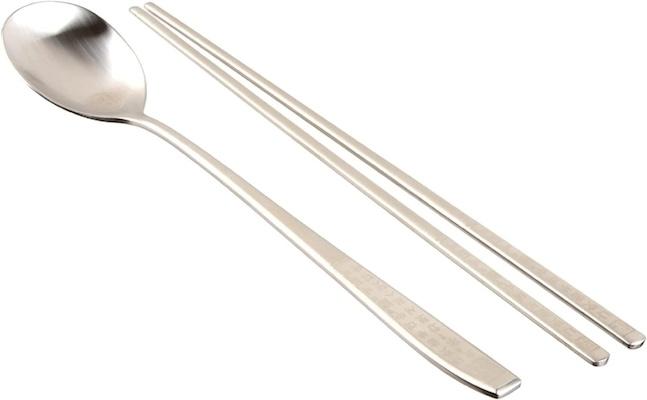
Features:
- Made from 18/10 stainless steel
- Food grade + durable
- Hangeul design at the handles
- Solid titanium plating
IQCWOOD Metal Chopsticks
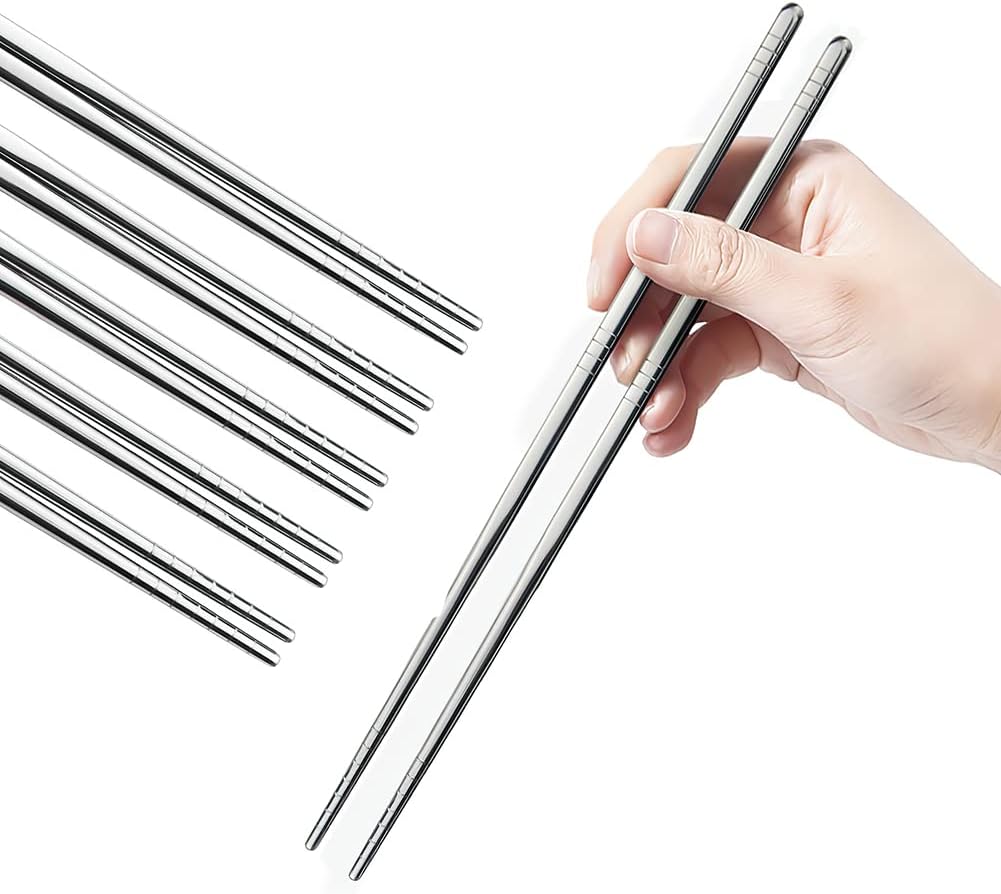
Features:
- Made from 304 stainless steel
- Grooves on chopsticks for easy handling
- More durable and reuseable
SHARECOOK Chopsticks Set
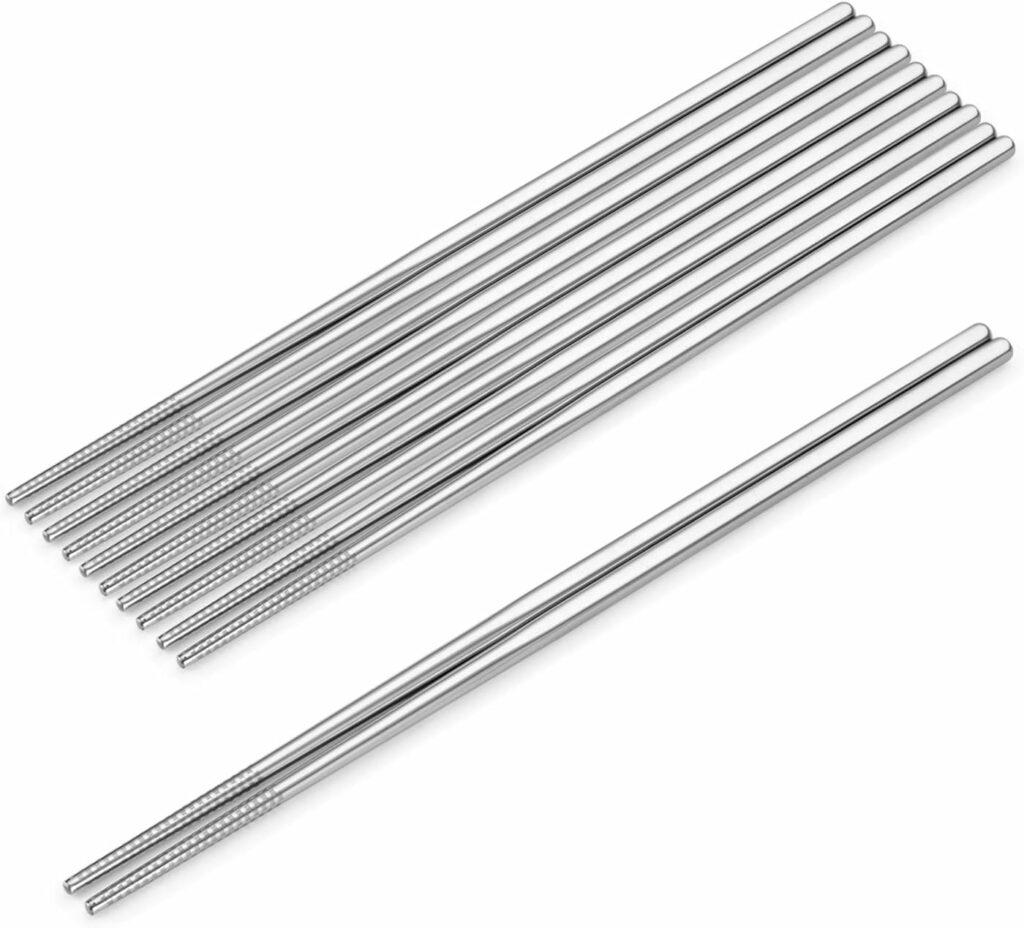
Features:
- Stainless steel with a non-slip surface
- A reliable, authentic no-frills option
- Lightweight and easy to hold
Join us on an exciting journey to explore the vibrant world of Korean lifestyle – from the latest beauty tips to the hottest tech and so much more on Facebook, Twitter, LinkedIn, and Flipboard.
Related Posts
Our editors independently select all products featured on KoreaProductPost. However, we may earn an affiliate commission when you buy something through our retail links. And as Amazon Associate we earn from qualifying purchases.



